5 Best Ways to Make Your Blog Content Engaging
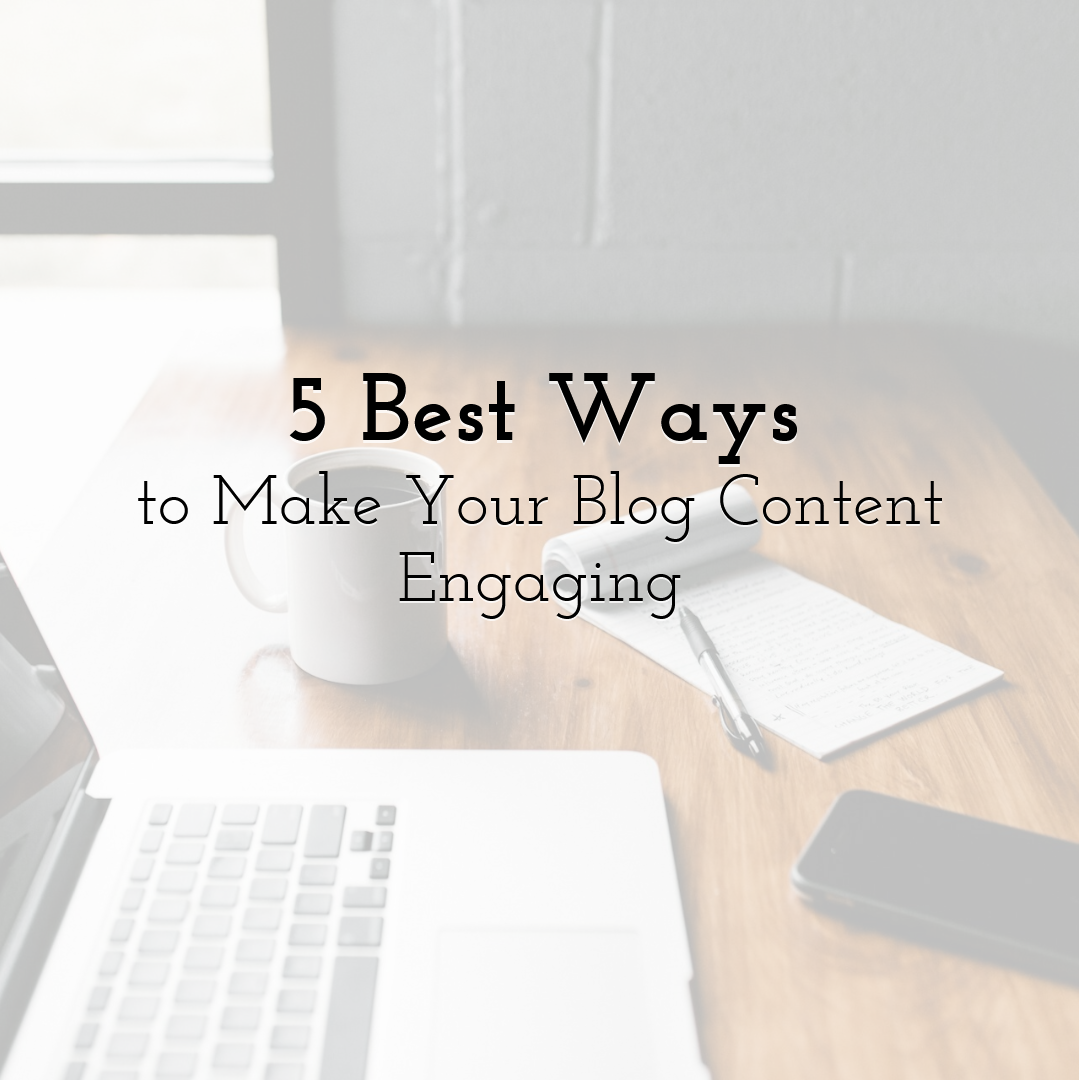
Blogging is one of the most powerful ways to connect with an audience, but keeping readers engaged is always a significant challenge.
Today, we can see that an overwhelming number of blog contents are competing for attention, and within seconds, most visitors decide whether to continue reading or exit the blog. According to an online source, about 51% of marketers admit that it is increasingly becoming challenging to engage readers.
This stat tells us something important: Simply writing and publishing blog content is not enough to gain desired results. To gain expected results, your blog content needs to do more than share information; it should capture attention, provide real value, and keep readers engaged.
In this article, we are going to explore the five best ways through which you can make any of your blog content engaging.
1. Make Your Blog Title Compelling

The first thing that your audience will read is the title of your blog. It introduces people to what is covered in your blog.
No matter how top quality your blog content is, if its title is boring or less attractive, it is most likely that people will ignore it. On the other side, a compelling and descriptive title will capture the attention, spark curiosity, and encourage people to click through.
Here Are Some Tips to Make an Engaging Title:
- • While writing a blog title, you should ensure it is clear to read and specific as well. Instead of just writing “Effective Tips for Marketing”, you could write “Effective Marketing Tips for Small Businesses”.
- • Another way to make headlines/titles compelling is to use numbers and lists, such as “5 Best Methods…”, “10 Powerful Tips…, etc.
- • For a title to be appealing, it should include some emotional trigger. For this, you can use words like: Proven, Amazing, Essential, Powerful; these types of terms will make the headline more appealing.
- • Questions also make titles engaging, such as “Are You Looking for the Best SEO Tricks”. It encourages readers to find answers.
Remember: Your Blog content title is its first impression; if it fails, readers won’t stay on your content. So, spend some extra time to finalize your blog headline.
2. Make Your Content Informative

People come to blogs to gain value, read about something deeply, and find solutions. In this scenario, if your blog content provides only the basic or surface details, they will likely exit it and move on to someone who writes in-depth details. So, your content needs to be information rich to engage readers.
Here Are Some Tips:
- • Your blog post shouldn’t just identify problems but also provide the best possible solutions.
- • We suggest going beyond obvious details, but you should offer some unique insights, practical steps, real time examples, etc.
- • Another way to make your content informative is to add some personal experiences that are relevant to the topic. This will ensure your audience feels more connected to your content.
For Example: If you are writing about tools to help people boost their productivity, don’t just list apps like Trello or Notion.
Instead, you should explain.
- • How Trello is helpful in managing their daily workflows.
- • How to make faster collaboration and communication with Trello.
- • How Notion helps in task organization, task management, etc.
- • Why combining both tools will enhance efficiency.
When you provide such in-depth details, your blog content will be trusted as a reliable and helpful source of knowledge. Ultimately, your readers will keep engaged and connected with your blog.
3. Properly Format Your Content

Remember, people don’t come to your blog to read it word by word. But they just scan your content and read the most relevant information only. According to research by AppletonCreative, most of the online visitors read only 20% part of the page’s content.
In this scenario, if your blog content has giant blocks of text, people wouldn’t engage. Instead, the best way here is to properly format and structure your content so the readers can easily navigate and find the information they need
Best Practices to Properly Format Your Blog Content:
- • Break your blog content into clear sections using headings and sub-headings.
- • Ensure that all the paragraphs of your content are short. Here, the best practice is to keep paragraphs between three to four lines, maximum.
- • Another best practice is to bold, underline, or italicize the important points of the blog content.
- • You should use bullet points to format quotes, stats, or key points.
- • If your content contains step-by-step processes, it would be best to divide them into numbered lists.
4. Add Acronyms In Your Blog Content
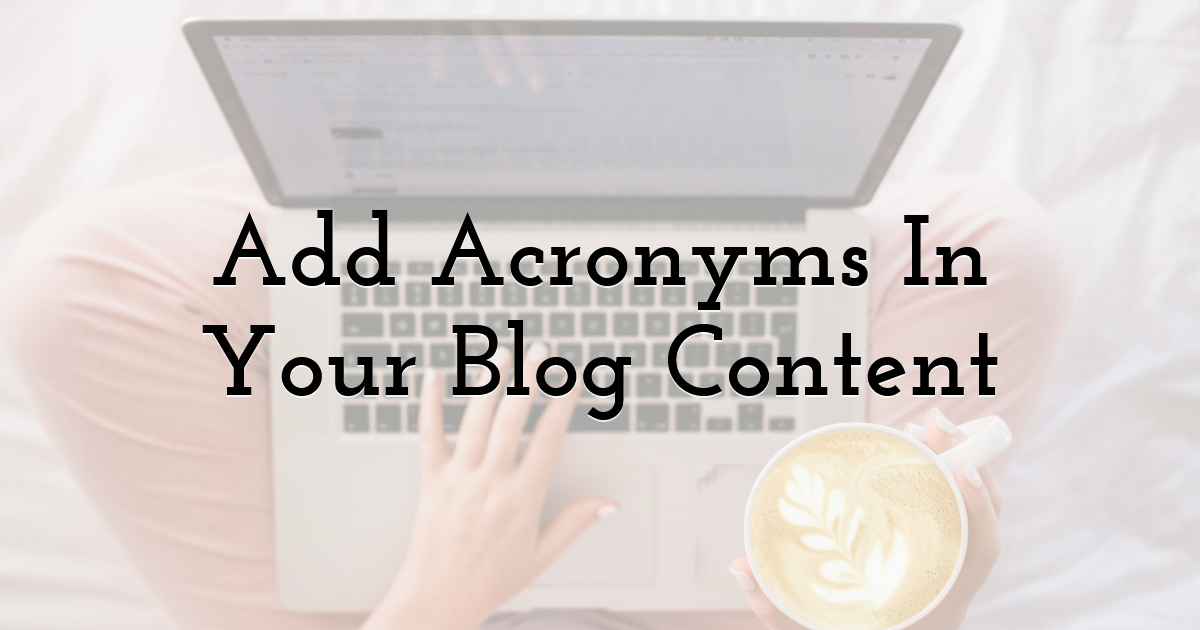
Remember, the words and phrases of your blog content play an important role in how readers will engage with it. Even informational content can be boring and discouraging when it is overly complex or contains repetitions. In this scenario, using acronyms can help you simplify longer and complex terms by converting them into shorter and memorable forms.
For Example: Imagine a blog content with repeating complex phrases: Customer Relationship Management. Reading it multiple times can make your readers bored. Instead, using the acronym “CRM” will not only reduce repetition but also improve the fluency of the content, making your blog smoother, clearer, and simpler.
However, creating acronyms for the terms with which you are unfamiliar can be another challenge. Don’t worry! We have got a solution to this barrier as well, which is the Acronym Maker. That’s what we personally use to create acronyms.
Instead of manually thinking and creating acronyms, this tool is efficient in generating acronyms around any term. You simply need to paste the text into the tool and run it. The acronym maker will quickly come up with unique and memorable acronyms.
Here are some examples of the acronyms that we generated using this tool:
- • APE - Application Programming Elements
- • KPS - Key Productivity Standards
- • EAMP- Efficient Asset Management and Planning
Similarly, you can also generate acronyms for the repeated phrases in your content and make it more professional, simple, and engaging.
5. Add Appealing Images In the Content
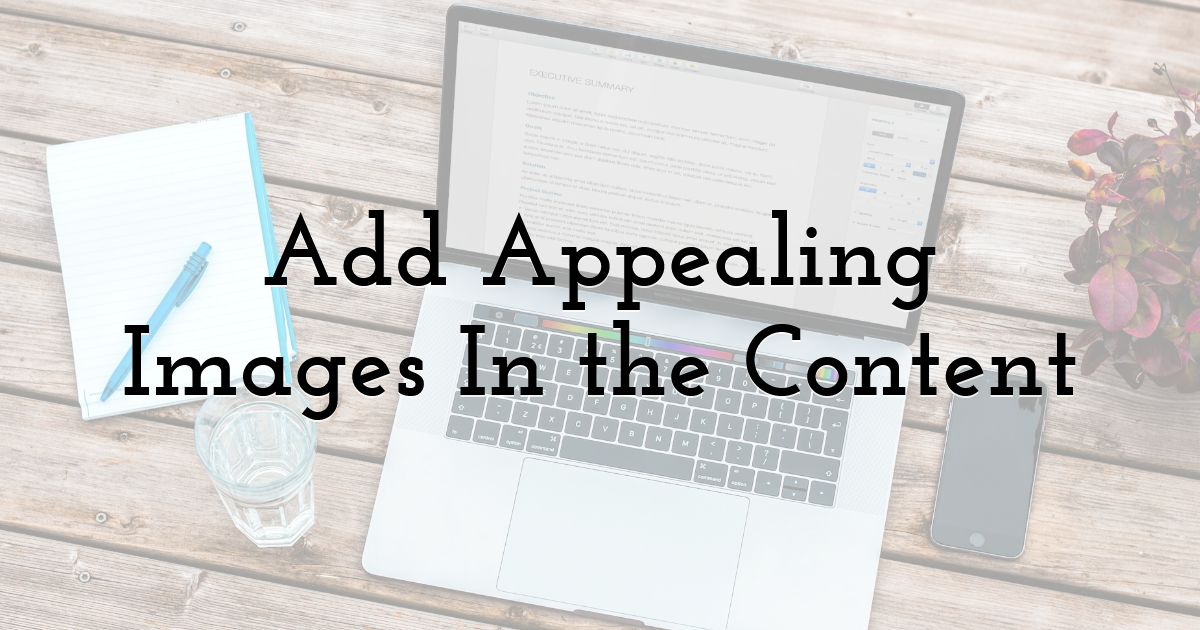
Images are significant to make your blog content engaging. According to a study, 65% of readers stated that they are visual learners. Additionally, Demandsage (an online source) images are content pieces with images getting 650% higher engagement as compared to those with text-only. You can add different types of visuals in the blog content, including Infographics, Custom illustrations, Charts, etc.
Other Benefits of Using Images In Your Blog:
- • They help break the long blocks of text, making the content easier to read.
- • Another benefit of using images is that they help you reinforce ideas by representing them visually.
- • Adding high-quality images can make your content appear professional.
- • Images like Infographics, charts, and graphs make your complex concepts easier to understand.
Final Thoughts:
Making your blogs engaging is essential in the competitive era, where the attention spans of readers are continuously shrinking. In this blog post, we have mentioned five best ways to turn your boring blog content into a compelling one. The five ways include: crafting powerful blog titles, providing in-depth information, using acronyms, properly formatting, and adding appealing images. Following each way can help you connect better with your audience and keep them engaged.
Until next time, Be creative! - Pix'sTory
Recommended posts
-

How Videos Can Boost Up Sales within an App
Read More › -
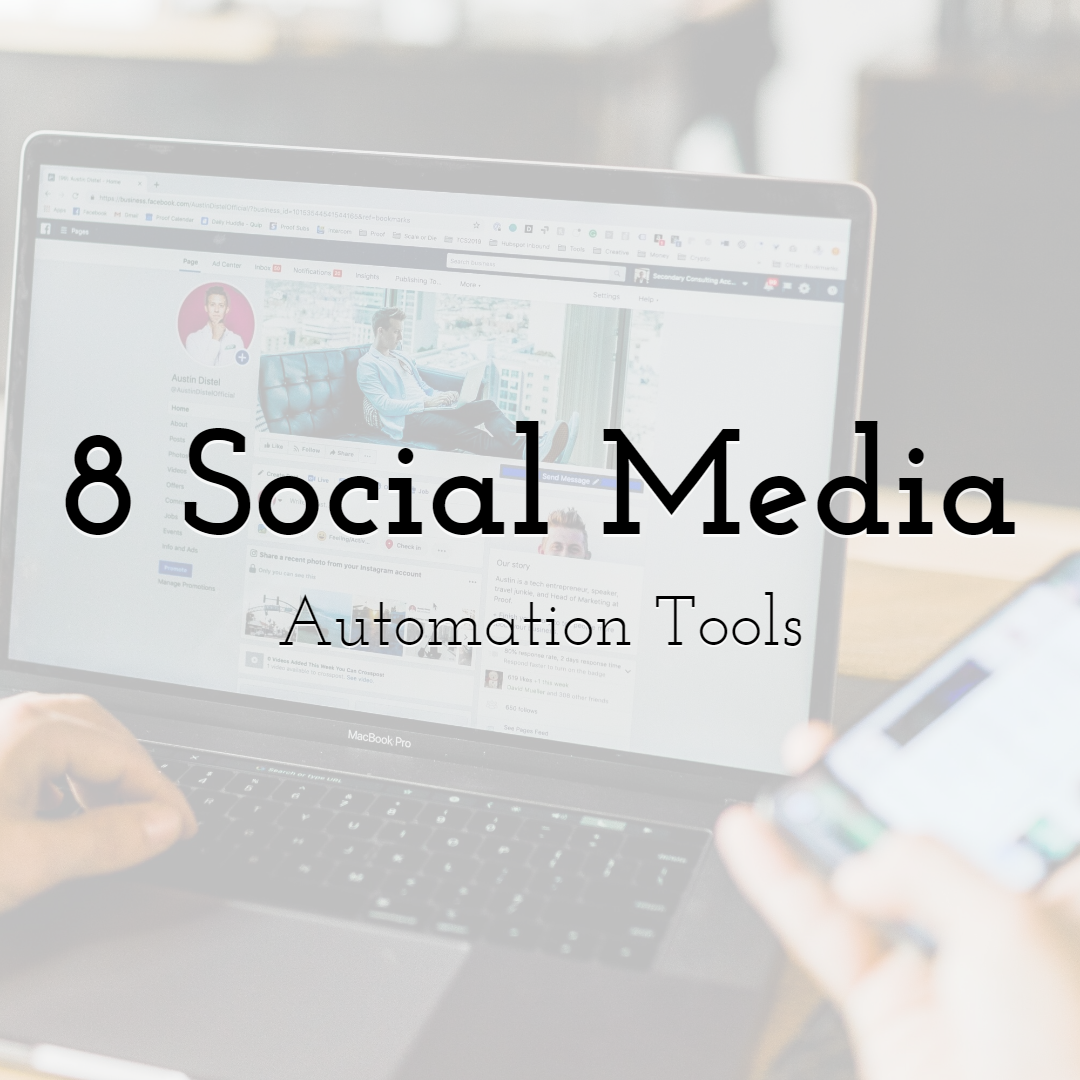
8 Social Media Automation Tools that will Boost Your Traffic
Read More › -

Handy List of Elegant Chair Covers to Consider for Your Special Events
Read More › -

How to Use Social Data to Launch a Successful Marketing Campaign
Read More › -
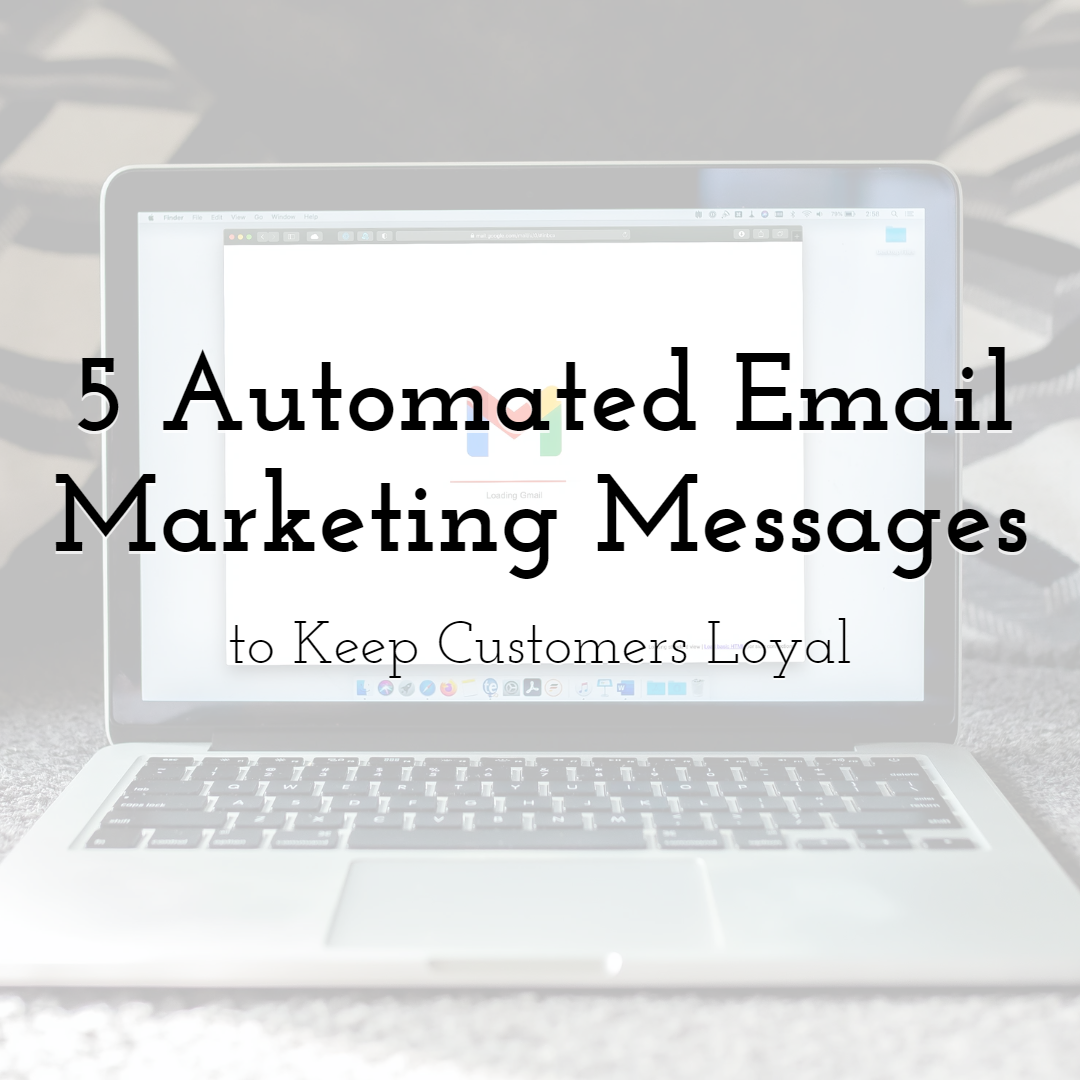
5 Automated Email Marketing Messages to Keep Customers Loyal to Your Bran...
Read More › -

6 Reasons Why You Need to Get Onboard with Ecommerce
Read More ›
